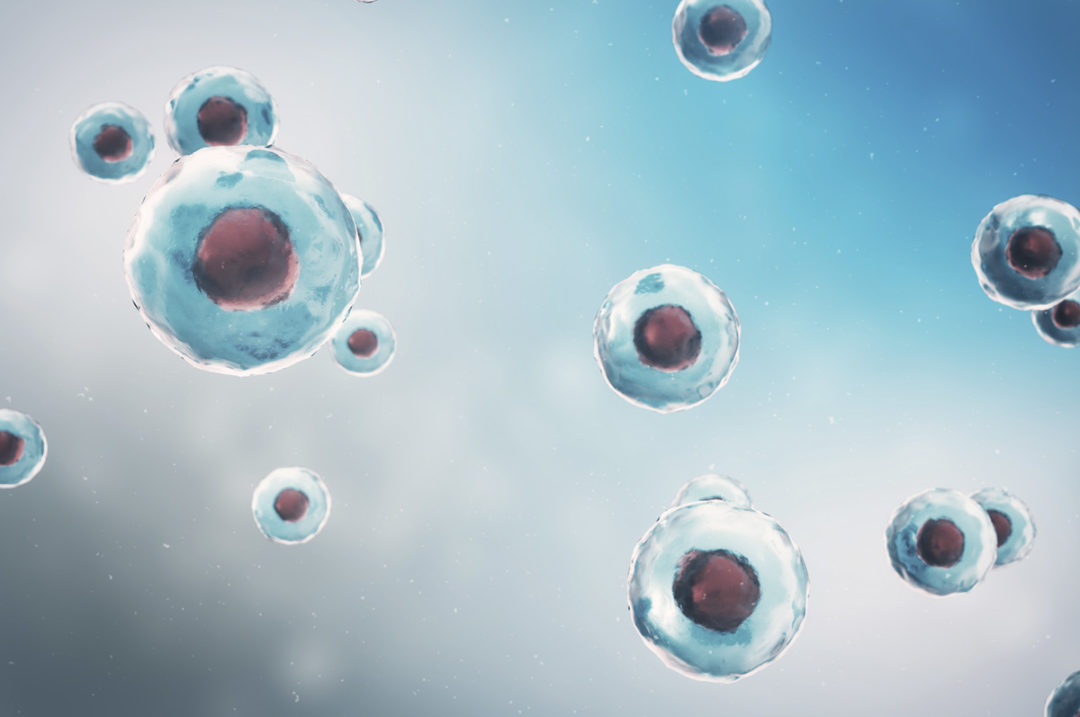Biological systems are amazing. One can’t even begin to comprehend the number of signaling pathways and exchanges required for life to exist, and what’s more profound is so many of those systems are involuntary. Meaning, much of it occurs without active thought or consideration.
One of those absolutely critical involuntary systems is the ability to maintain our body temperature, otherwise known as thermoregulation. Mammalian bodies sweat to dissipate heat and shiver to generate heat for each function meant to keep our bodies at a consistent temperature that is optimal for cellular function. To delve deeper, a mere deviation of 5°F (2.8°C) up or down from the normal body temperature can result in death if prolonged. It is absolutely fascinating to consider that just a five-degree change is the difference between life and death – a difference so small that most of us tactically can’t perceive it.
Why does thermoregulation matter? Globally, the ambient temperature has increased 2.7°F (1.5°C) above preindustrial levels. Because of this increase, the prevalence of heat stress has increased in both geographic range and intensity. Heat stress can be simply defined as a condition that occurs when an animal cannot dissipate an adequate quantity of heat, whether it is produced or absorbed by the body, to maintain body thermal balance. Unfortunately, the increasing ambient temperature, either by causation or association, has coincided with water scarcity. Therefore, we must expect farms to be increasingly affected by the effects of heat stress in the coming years. Heat stress has an enormous economic impact on the global food production animal industry, with attributed economic losses numbering in the tens of billions of dollars.
Specific to the dairy industry, heat stress during lactation has a profound negative effect on milk production and dry matter intake (DMI). In addition, heat stress activates the immune system of lactating and dry cows.
Academia has known and worked to communicate heat stress biology for the better part of multiple decades, and one of the fundamental heat stress parameters always mentioned is body temperature. Yet, fundamentally, farms are not connecting the dots. They are largely not looking at the epicenter of heat stress, which is the cow’s core body temperature.
A drastic example of core body temperature being paramount in importance was the heat wave that impacted the high plains feed yards in June 2022. Events such as this put in drastic perspective the daunting challenge heat stress afflicts on animal agriculture and should force us to ponder if we choose to utilize a dietary strategy for heat stress and how we measure the efficacy of that decision.
Frequently, dairies will look to the bulk tank to be their efficacy gauge, while others have dismissed the idea of a dietary heat stress intervention and have just simply accepted “this is how it is.” When evaluating heat stress interventions to ameliorate the effects of heat, shouldn’t the focus be on data to suggest that the cows are cooled? Direct data, not secondary indicators, such as milk yield or components. But analytical heat stress numbers are hard to get – body temperature, specifically – and dairies aren’t getting paid based on cow body temperature.
Or are they?
An elevated body temperature during heat stress negatively affects the entire reproductive process. Oocyte cells are the building block cells required for reproduction. Elevated core body temperature is detrimental to these cells during the first 5 to 6 days of development. Heat stress that coincides in timing with oocyte maturation and ovulation can result in embryos that are more likely to develop slowly and abnormally and have shown a reduced ability to develop to the blastocyst stage after fertilization.
Additionally, elevated body temperatures contribute to oocyte cell death, further reducing opportunities for pregnancy success. Heat stress is also detrimental to the follicle that encloses the oocyte cell and can lead to more small- and medium-sized follicles and reduced dominance.
High air temperatures 10 days before estrus are shown to be associated with low fertility. But even after a pregnancy is established, there is a significant pregnancy loss in dairy cattle – about 10% of pregnancies at days 40-50 result in fetal loss. When viewed directly with the temperature-humidity index (THI), the correlation between temperature, humidity and pregnancy loss is very clear, and collectively, all these changes and events reduce the probability of conception rate and fetal survival.
The negative effects of heat stress on cows are wide-ranging, but reproduction effects alone can have a significant impact on a dairy.
Multiple studies have indicated supplementing a pelleted electrolyte can improve thermal regulation and enhance cow cooling during periods of severe heat stress or when heat stress abatement strategies are not adequate. Cooling the cow increases her metabolic flexibility and allows her to utilize glucose for productive purposes and reduce glucose utilization by the immune system. Furthermore, electrolytes help promote sweating and heat dissipation at the skin level. Improved thermal regulation offers reproductive benefits by reducing the heat load subjected to the embryo, which has little to no ability to produce heat shock proteins.
We often forget the sustainability and welfare aspects of heat stress. With tightening margins and increasing inputs, how long can dairy farms tolerate seasonal milk and reproductive depression? How long can milk cooperatives tolerate the disparages in seasonal milk production? And how can we best maintain dairy as a national product and not something exclusive to a region?
We simply can no longer tolerate playing the hand we are dealt, because indications are the hand we are dealt is going to become increasingly poor. Sensorially, it is difficult for us to perceive a difference in five degrees, but science has demonstrated that our cows can, and we know the milk check can also perceive heat stress. Mother Nature is challenging us to move beyond traditional practices and focus our attention on heat stress outcomes, not just a daily response, for a more sustainable future.
References omitted but are available upon request by sending an email to the editor.







